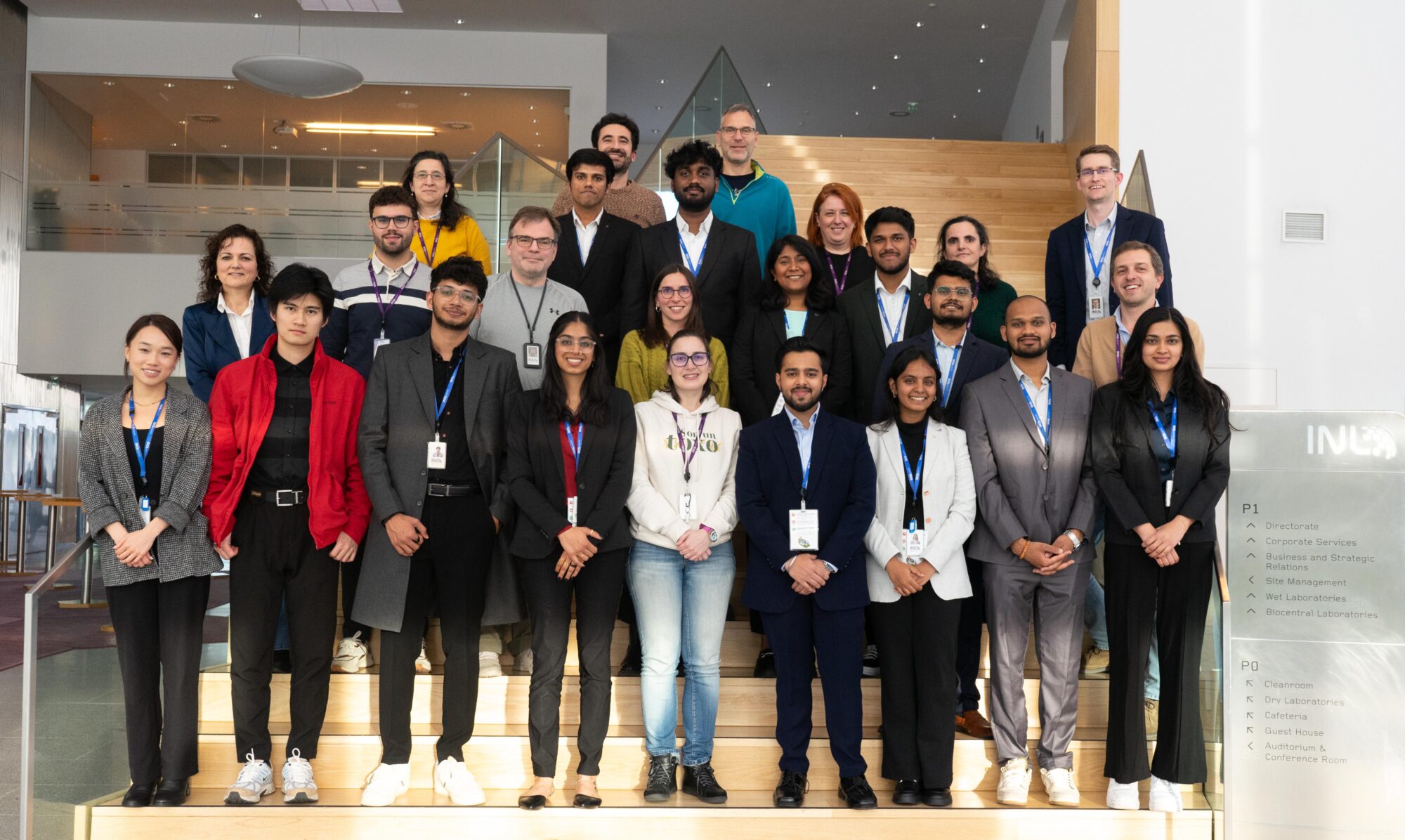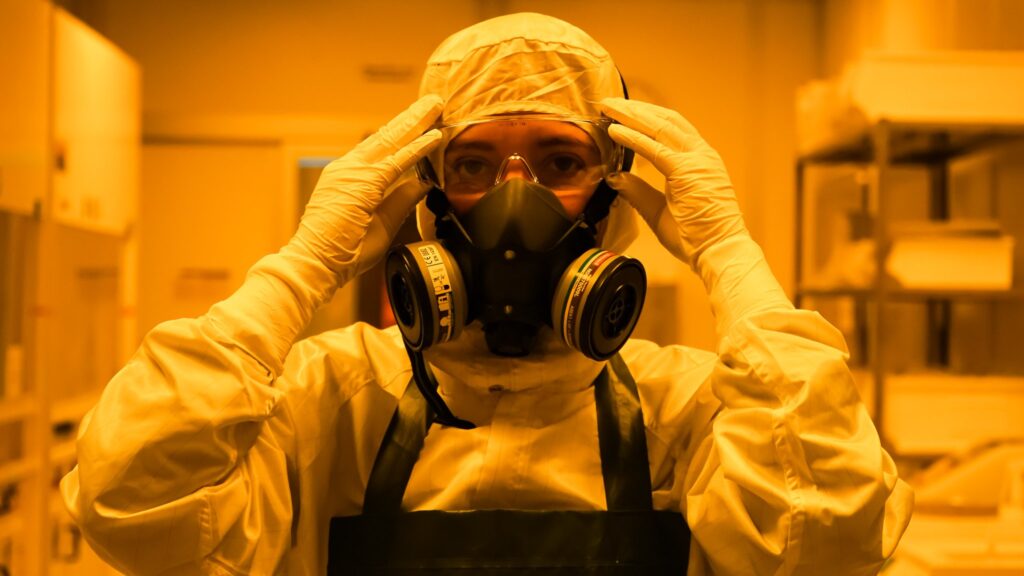In 2024, the INL – International Iberian Nanotechnology Laboratory buzzed with energy as it hosted the inaugural ESRA Symposium, organised by the Early-Stage Researchers Association (ESRA). This groundbreaking event welcomed over 160 participants, including master’s students, PhD candidates, junior researchers, and early-career scientists, offering a vibrant platform to connect, share, and celebrate their innovative research conducted at INL. The symposium began with a warm welcome from INL’s Director General, Professor Clivia Sotomayor, who underscored the value of collaboration among emerging researchers. Setting an inspiring tone, Professor Ado Jório, INL’s Deputy Director General, delivered the keynote address, “Seeing the Future.” Prof. Ado provided practical insights on transforming ideas into innovations, emphasising their potential to tackle global challenges. Participants showcased their research through engaging Oral Communications and Poster presentations, with discussions brimming with innovation and collaboration. Day two featured a compelling keynote presentation by Doctor Catarina Moura, INL’s Science Communication Officer. Her talk, “Bringing Science to Life,” highlighted the critical role of science communication in making research accessible to wider audiences and strategies to deepen public engagement with scientific discoveries. The symposium celebrated the outstanding contributions of its participants, presenting 15 Oral Communications and over 50 posters that stimulated lively exchanges and sparked new ideas. […]
Read more


